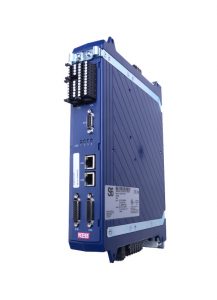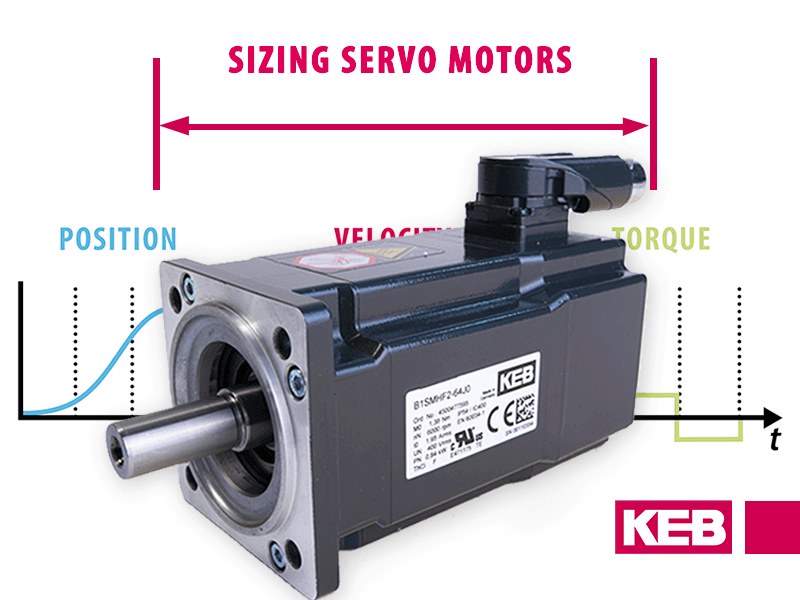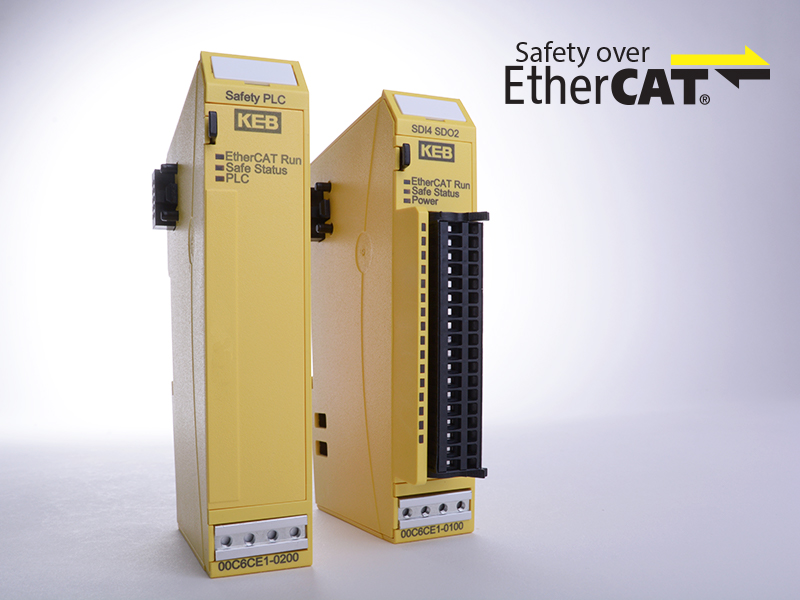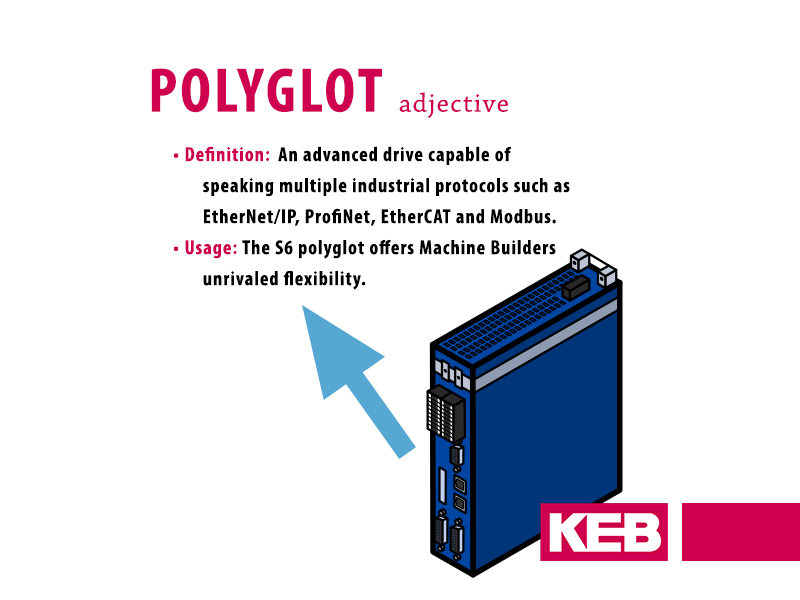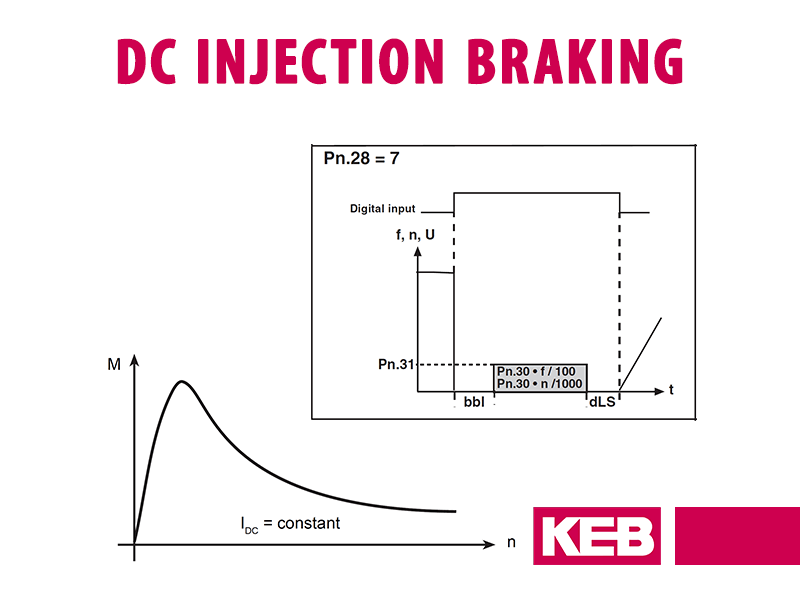S6 Servo Drive – Functional Safety with Real-time Communication options
KEB’s S6 Servo Drive provides a compact, flexible, and powerful drive that is perfect for highly dynamic servo applications. This post will describe the advantages the S6 has to offer, as well as the differences between the two control card versions: S6-K and S6-A.
Benefits of the S6
Motor Control
The S6 servo drive is designed for the precise control of synchronous, asynchronous, IPM, or synchronous reluctance motors in the power range of 1-7.5Hp.
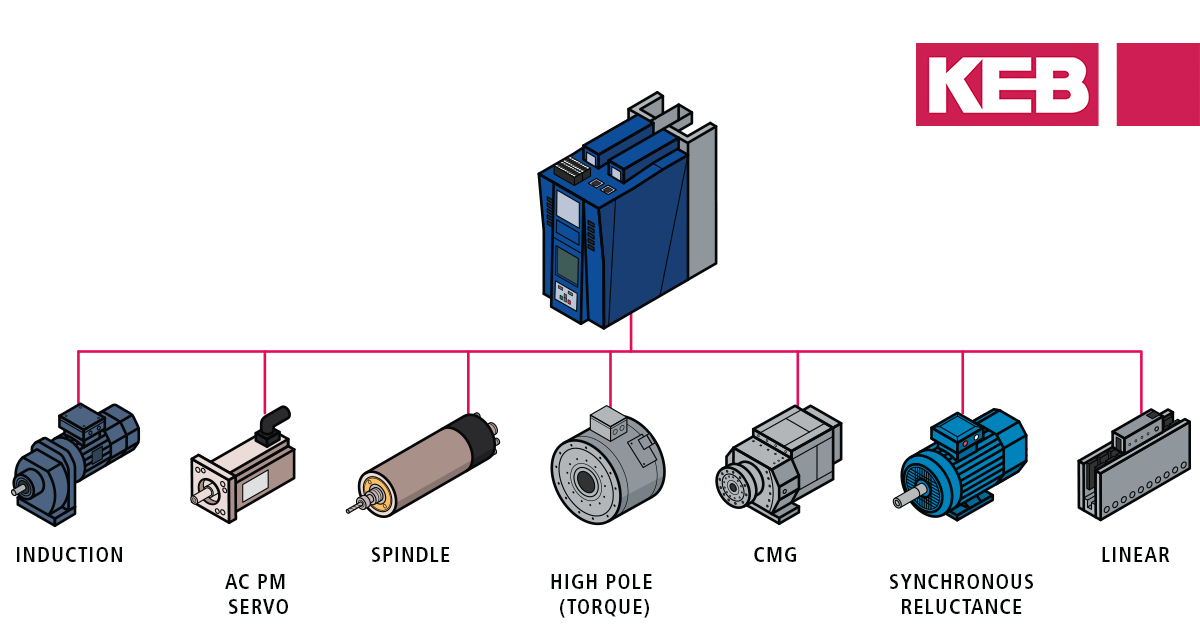
It can also be easily matched with KEB’s robust DL3 servo motors using the Configurator software in Combivis Studio. This software allows for the easy selection of KEB components to make sure power sizes are correct, all desired options are selected, and any additional accessories such as motor or encoder cables are added.
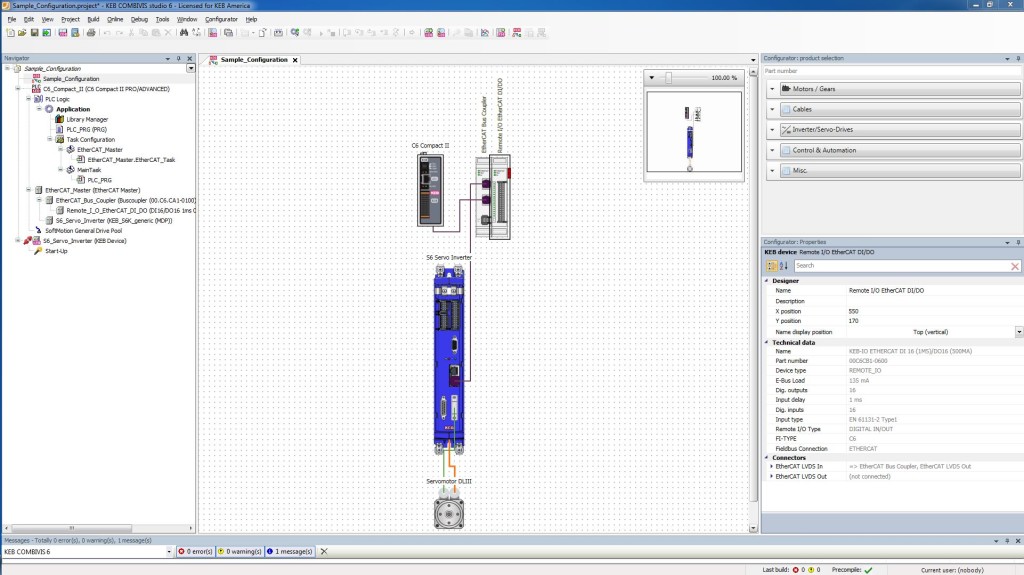
With a variety of motor control modes that come standard, the S6 drive provides optimum performance in speed, torque, and position control. These control modes include:
- Open loop (V/Hz)
- Closed loop using the two channel multi-encoder interface
- Sensorless Closed Loop for closed loop control without requiring encoder feedback
- CiA402 drive profiles such as cyclic synchronous velocity, position, and torque
Power/Sizing
The KEB S6 comes in two bookcase-style housings (sizes 2 & 4) with slim profiles for space saving control cabinet configurations. The S6 platform is rated for a universal voltage input (230V and 400-480V mains) which means customers have to support and stock fewer drive variants. With current overloads up to 250% of nominal current, the S6 is ideal for the highly dynamic servo applications.
The drive also comes integrated with a GTR7 brake transistor, a 24V brake control and supply (2 Amps), a KTY/PTC/PT 1000 motor temperature monitoring, and an optional EMI filter. Finally, the S6 comes with both CAN and Real-Time Ethernet-based interfaces for communication.
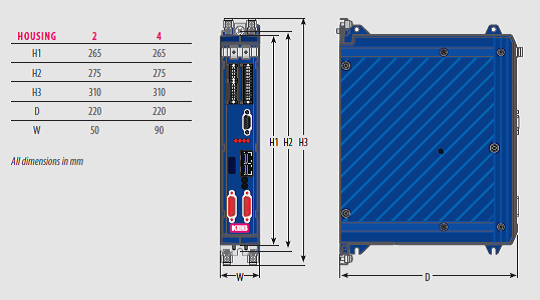
S6-K and S6-A Introduction
The S6 servo amplifier comes in two different control types, the standard S6-K and the more flexible S6-A for applications with more specific requirements. While they both have all of the advantages listed above, their own unique advantages make it so there is an S6 to fit all applications.
S6-K Advantages
The S6-K offers uncompromising integration with maximum performance for an optimal price/performance relationship. It comes standard as an EtherCAT slave Servo Drive.
Also standard is a TÜV-certified SIL3 rated Safe Torque Off (STO) input. STO is a safety mode that prevents the drive system from applying torque to the motor shaft and can be used for category 0 E-stops.
With a wide array of integrated features and KEB’s industry leading motor control, the S6-K is the ideal solution (and economical) for servo applications needing both EtherCAT and STO.
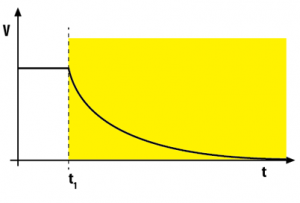
S6-A Advantages
Wide Array of Communication Protocols
For applications requiring more enhanced flexibility, the S6-A drive offers a variety of fieldbus communication and safety options. For communication, the S6-A supports EtherCAT, Profinet, Powerlink, or Ethernet/IP. Some machine builders are forced to use multiple PLC platforms. This allows the standardization of one drive platform to be used across multiple PLC vendors.
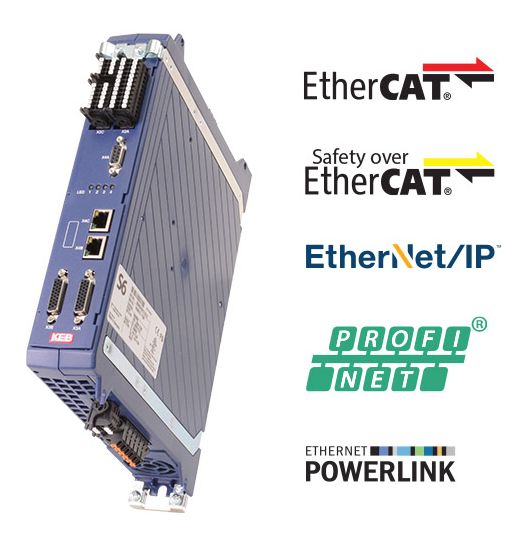
Increase in Functional Safety Features
Module 1
In addition to the added communication options, the S6-A offers different modules for a larger selection of safety functionality. Module 1 offers Safe Brake Control (SBC) in addition STO. An upcoming blog post will go into more detail on SBC but, in short, it is used for applications using a brake and wanting STO. Part of the Safe Brake Control functionality is using a dual channel input to the drive for the brake control. A dedicated brake output from the drive can be fed back to the Safety PLC for confirmation of the brake status. Additionally, the brake voltage supply and brake output is tested every hour to ensure it is working properly.
Module 3
Module 3 includes STO and SBC, with an option to select up to 3 of the 8 additional IEC 61800-5-2 safety functions below:
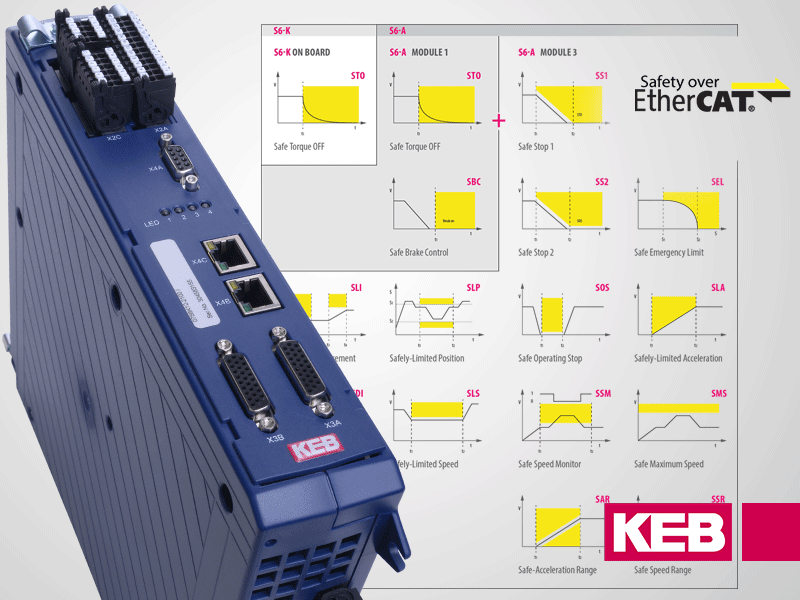
Safe Stop and Brake Functions
- Safe-Torque-Off (STO)
- Safe Brake Control (SBC)
- Safe Stop 1 (SS1)
- Safe Stop 2 (SS2)
- Safe Operating Stop (SOS)
Safe Speed functions
- Safe Speed Monitoring (SSM)
- Safely Limited Speed (SLS)
- Safe Maximum Speed (SMS)
- Safe Limit Acceleration (SLA)
- Safe Speed Range (SLR)
- Safe Acceleration Range (SAR)
Safe Motion functions
- Safely Limited Position (SLP)
- Safely Limited Increment (SLI)
- Safe Direction (SDI)
- Safe Emergency Limit (SEL)
Safety over EtherCAT
Finally, in addition to the added safety functions, KEB’s Module 3 allows for Safety over EtherCAT (FSOE). This allows for the S6-A drive to be used as a FSoE Servo Drive. It can then communicate with a safety master, such as KEB’s FSoE Safety PLC, and other FSoE Safety IO. All of the available safety functions in Modules 3, including FSOE, will also be the topic for another future blog post to provide a better understanding of these functions.
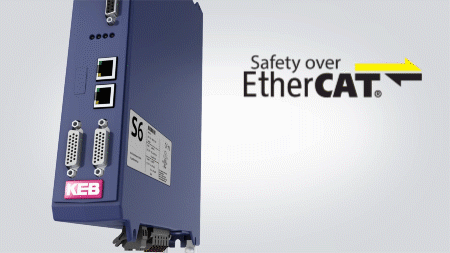
KEB’s S6-A drive, in addition to its other functional safety products such as the F6, H6, and Safety PLC, make KEB an industry leader for safety in motion control applications.
S6 – The Ultra-Capable Servo Drive
To learn more about the S6 Servo Driveand to see if it is right for your machine, contact a KEB America application engineer today.
Let's Work Together
Connect with us today to learn more about our industrial automation solutions—and how to commission them for your application.
